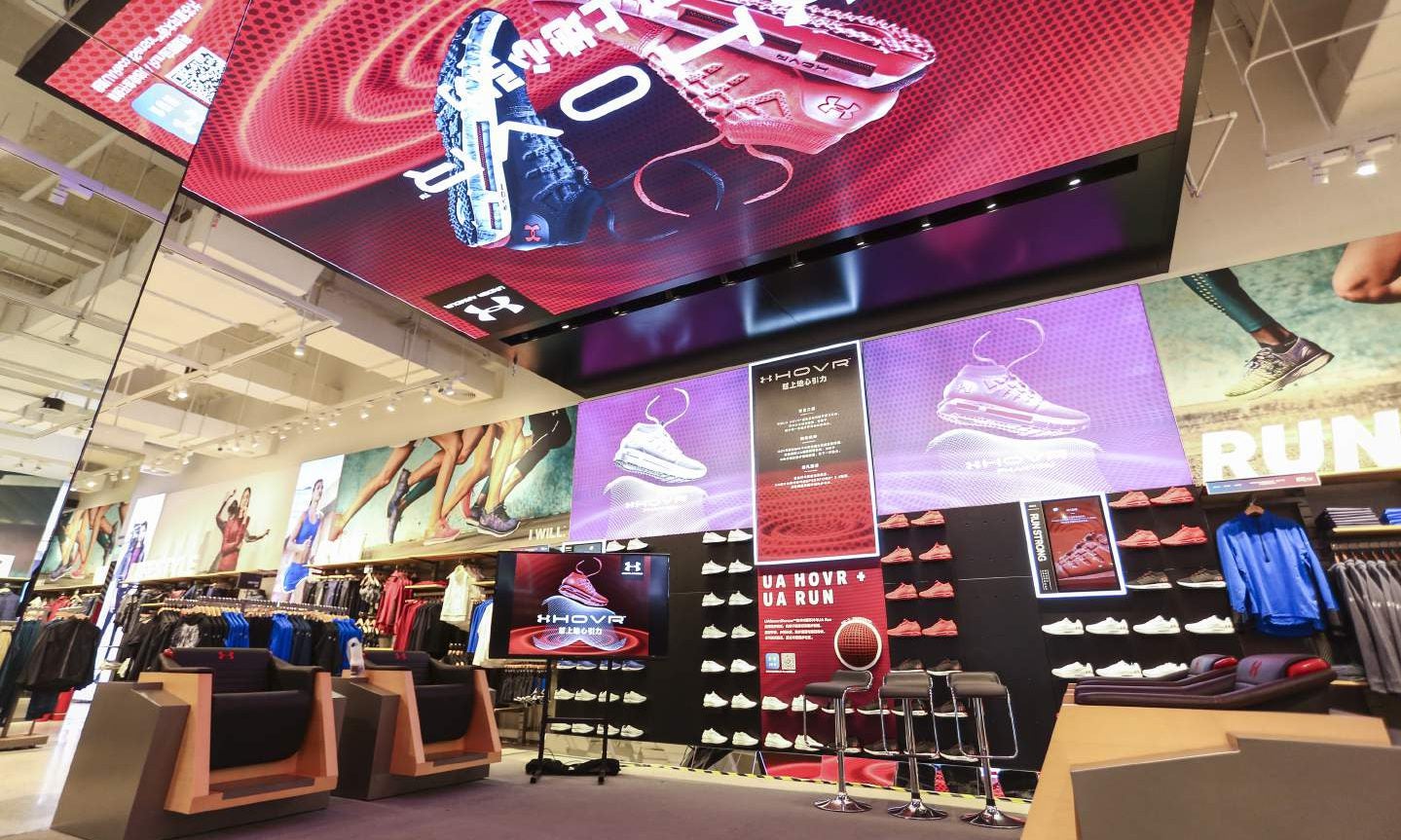While it struggles in the US, Under Armour is thriving around the world
There were two very different sides to Under Armour’s story in 2017.


There were two very different sides to Under Armour’s story in 2017.
On one side was North America, which makes up just over 75% of the brand’s sales of activewear, sneakers, and other sports products—and that’s where the company struggled greatly. Shoppers are spending more of their money on fashionable, sports-inspired clothes and shoes, but less on the performance gear Under Armour has long specialized in. There were also seismic shifts in the retail landscape that hurt some of Under Armour’s big sales partners. Under Armour didn’t adapt, contributing to an abrupt plunge in its sneaker business and putting an end to its decade of rapid growth.
Meanwhile, in the rest of the world, the story looked far rosier. The company’s international business grew 46% in 2017, according to the full-year earnings it reported today (Feb. 13), compared to a decline of about 5% on its home field of North America. Overseas sales now make up about 22% of Under Armour’s total business.
The growth has been led by Asia-Pacific, which saw sales increase faster than any other region last year. Particularly in China, Under Armour is flourishing.
On a call with investors to discuss its 2017 performance, Under Armour referred to China as a “hyper-growth” market. As the world’s most populous country’s middle class grows, giving millions more leisure time and disposable income to spend on activities such as sports, Under Armour is one of the companies riding the wave. It entered China in 2010, but its business has really taken off in the last couple years, CEO Kevin Plank said.
Technically Under Armour is still tiny in China compared to big rivals such as Nike and Adidas. China makes up roughly half its total Asia-Pacific sales, which were about $434 million in 2017. Nike made $378 million (pdf) in China alone in its most recent quarter.
But Under Armour sees in this situation lots of room to grow. Last year, it opened hundreds of new retail channels in China, mostly through local retail partners but also including a handful of its own stores, and it expects to do the same in 2018. The brand also unveiled its largest store in Asia, a 20,000-square-foot space in Beijing.
Customers there have been buying up Under Armour’s clothes and sneakers, and its signature shoe line with NBA star Stephen Curry has been a success in China, the company says. Basketball—not soccer—is China’s most popular team sport, which is part of the reason Under Armour sends Curry on tours of Chinese cities each summer. Patrik Frisk, Under Armour’s new president, also noted on the call that Under Armour is seen as more of a premium business in China than it is in the US.
In the year ahead, Under Armour expects its business to look much like it did in 2017—a slight contraction in North America, but more impressive growth overseas. After years of investment, the international business is also becoming profitable. The company said its Asia-Pacific business, in fact, is one of its most profitable. It’s giving Under Armour something to lean on while it works to regain its footing in the US.